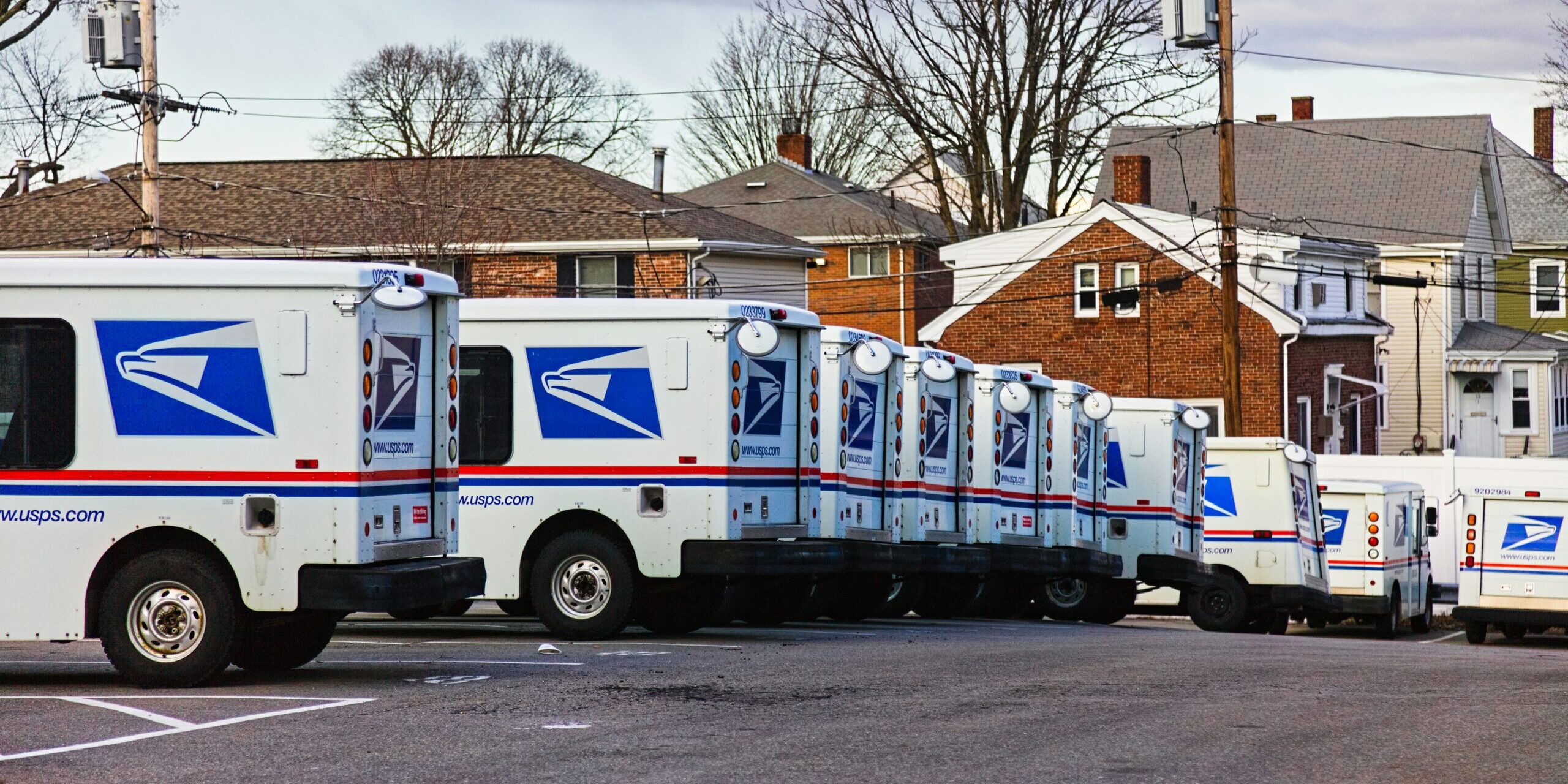India’s logistics and delivery services landscape is rapidly evolving, with a growing emphasis on optimizing the ‘last mile’—the final step in the delivery process. This crucial phase directly impacts customer satisfaction and loyalty, making it a focal point for companies aiming to enhance user experiences. In a market as diverse and expansive as India’s, businesses face unique challenges that require innovative solutions to meet the needs of a demanding consumer base.
One of the standout features of India’s delivery ecosystem is its reliance on labor innovation rather than solely on technological advancements. The phenomenon of delivering products, especially food, within just 10 minutes is less about cutting-edge technology and more about the effective orchestration of human resources. This approach showcases a model of service efficiency driven by coordinated labor efforts, making ultra-fast deliveries a common occurrence in India, a feat that many other markets find ambitious.
Recent events, such as controversies surrounding the introduction of specific food delivery options, highlight the complexities of catering to India’s diverse consumer preferences. These incidents underscore how deeply cultural and dietary sensitivities can impact business operations. Companies must navigate these nuances with care to avoid alienating significant customer segments. Understanding and respecting these differences are not only good ethics but also sound business strategy.
Historically, the concept of timely delivery in India was revolutionized by a fast-food chain’s “30 minutes or free” promise. This set a new benchmark for delivery times and introduced a level of reliability that transformed consumer expectations in an environment where delays were often the norm. This model wasn’t just about delivering food; it was about delivering certainty and building trust in the service.
As the logistics industry continues to push the boundaries of delivery efficiency, the question arises: how can the user experience be further enhanced in this sector? Several strategies can set a new standard for last-mile delivery. Reducing ‘decidophobia’ by showing trending items or popular choices can streamline decision-making and alleviate the anxiety of choice for many consumers. Simplifying product descriptions and eliminating misleading visuals can prevent misunderstandings and improve overall customer satisfaction. Enhancing transparency through behind-the-scenes content, such as food preparation processes, can build trust and foster customer loyalty. Embracing green initiatives, like offering sustainable packaging options and incentivizing their use, appeals to environmentally conscious consumers and bolsters a company’s corporate social responsibility profile. Lastly, delivery apps can provide valuable insights into users’ eating habits and spending patterns, helping them make healthier and more budget-conscious choices. Although this might seem counterintuitive to short-term sales, promoting long-term customer loyalty through added value can be more beneficial in the long run.
The future of logistics and delivery services in India hinges on improving the quality, transparency, and inclusivity of the user experience. Companies must continuously innovate to meet the diverse and evolving demands of their customer base. By focusing on the last mile and delivering not just products, but also reliability, transparency, and satisfaction, businesses can gain a competitive edge in this dynamic industry. The path forward will involve a delicate balance of speed, efficiency, cultural sensitivity, and technological integration to redefine customer service standards in India’s logistics and delivery sector.
#ICTTMNews #BreakingNews #LogisticsUpdate #LastMileDelivery #SupplyChainNews #CustomerExperience #InnovationInDelivery







